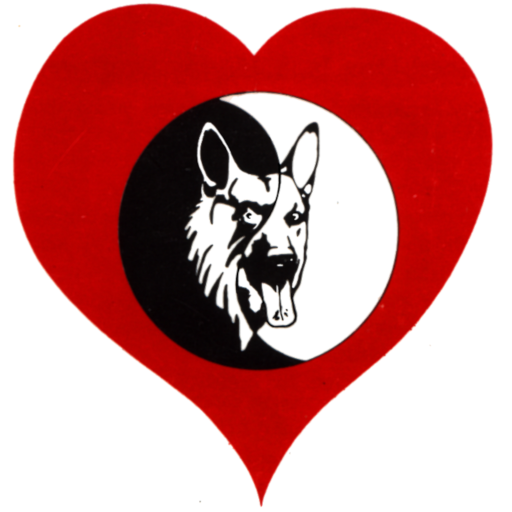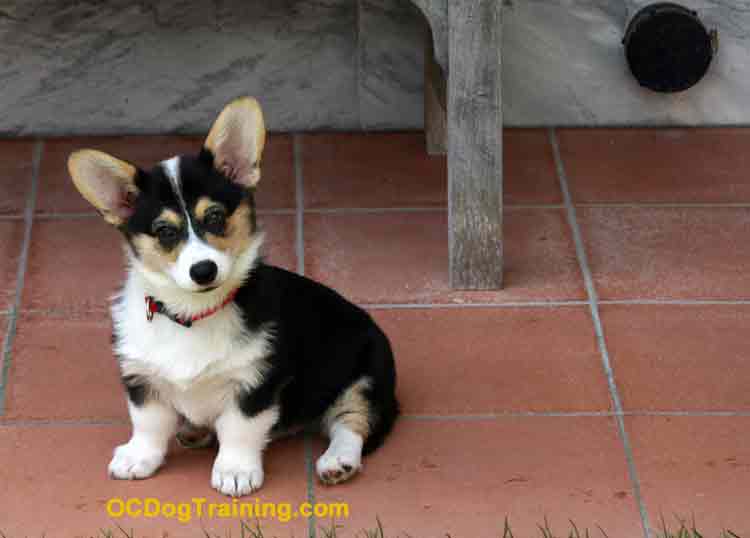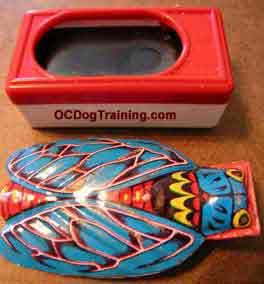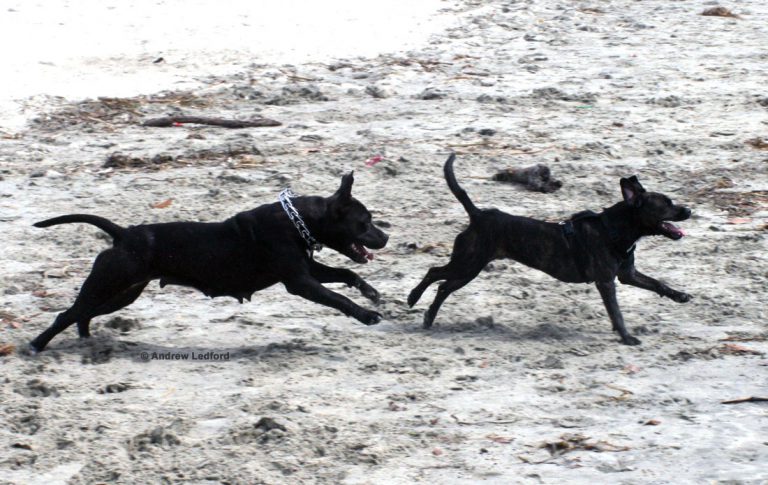Beginning Leash Training With An Aggressive Dog
I was working a dog in North Orange County tonight and got to thinking back when I first started training her. This particular dog is one of the bully breeds and she is not all that friendly with most strangers. The training techniques in this article go over how I started leash handling with this particular dog. I have to say I did a lot of just getting to know the dog before we started the leash training.
When I first started working with her on leash I did what is called a loyalty transfer. This is where you walk next to the owner and the dog and then the owner give the new handler the leash and falls back.
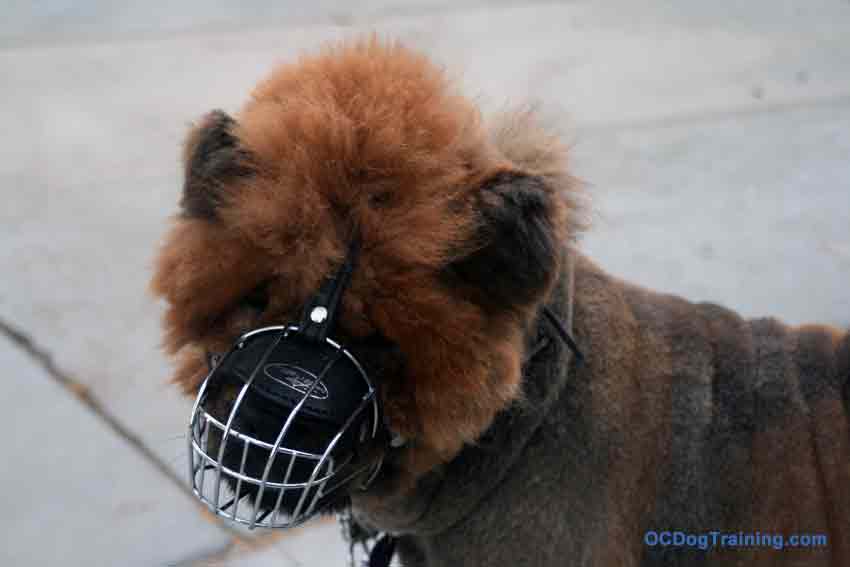
The first part of this exercise is walking next to the owner and the dog without getting bit. If the owner/handler can control their dog, not getting bit is usually not all that difficult. With unpredictable dogs or where there may be an accident I recommend the dog wear a muzzle. The photo is of a Chow Chow I worked the same way. However I thought the chow might bite more seriously than the pit bull. Not that I wasn’t a little extra cautious with the pitty. But the pit bull showed more avoidance than the Chow did.
Once the dog will let me walk next to the handler I’ll have the handler do right about turns. How this is accomplished depends on how much experience the handler has along with how much control they have over their dog.
During the right about turn the dog is close to me and moving by me at the same time. Hopefully in a way where the handler can move the dog further away if it should decide to sample some Andrew Ledford flesh. Also this move should put me in a position to move out of the dog’s reach, if everything works as a choreographed move.
If you are doing this with an inexperienced handler don’t plan on it going real smooth. An inexperienced handler often will let the dog get too close or turn at the wrong time. Both of these can have negative consequences and should be anticipated.
Once the dog is doing nicely at the turns I will begin walking on the outside of the handler/dog team. The trainer needs to be able to read the dog at this point and judge the proper distance.
When the dog is somewhat comfortable with the trainer waking on the outside it’s time for the trainer to resume the standard position. From the stander potion of the trainer next to the handle the transfer is made.
After the transfer is done a whole new dynamic is introduced along with a different set of handling skills.
Wishing you the best in dogs and the best in life,
Andrew Ledford
So Cal Dog training
714-827-4058
